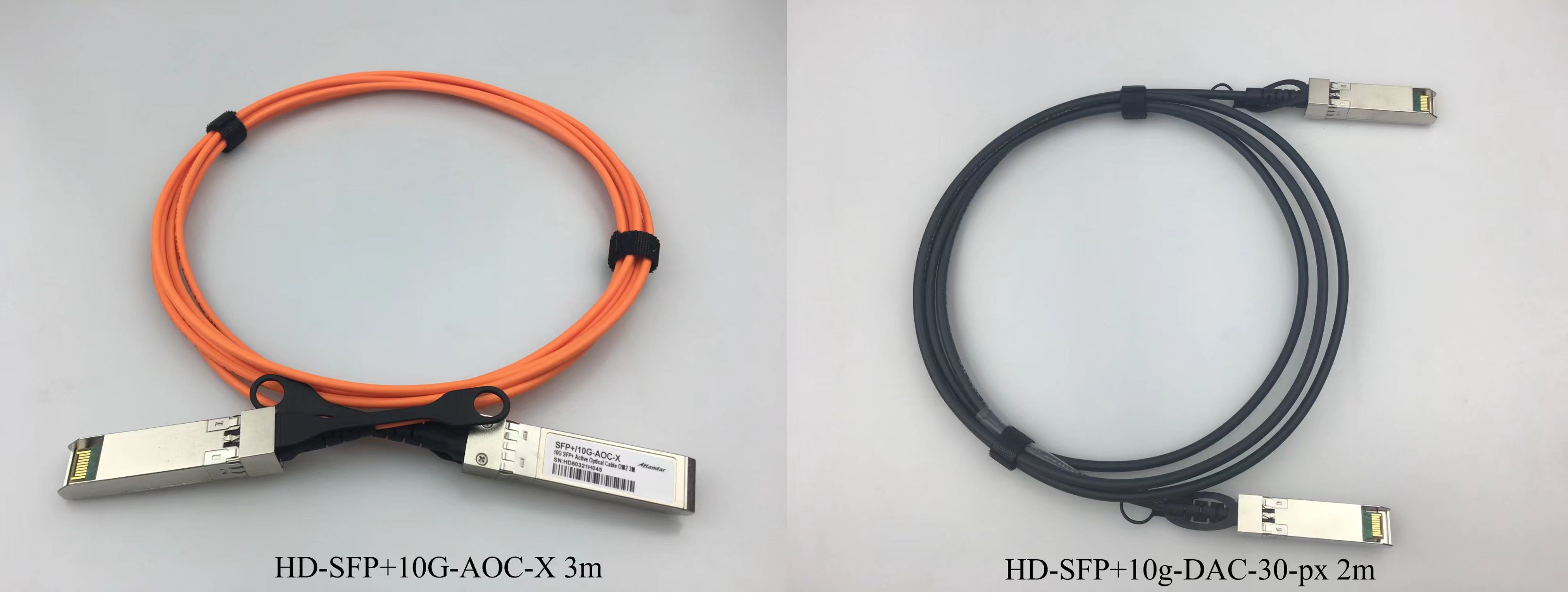What is the role of the switch?
2022-05-06(1618)views
A switch is a device that extends the network and can provide more connection ports for the sub network to connect more computers. For example: you live in a building in a community. You can tell if there is anything upstairs or downstairs. However, when there are more people living, there will be the problem of noise disturbing the residents. Most of the content you hear has nothing to do with you. So we agree that everything in the community is delivered through the guard in the form of letters, and communications outside the community are delivered by the guard and the postman. This will not solve the problem of noise disturbing residents. The communication room is responsible for communication within the community, and the postman is responsible for communication outside the community. You can't live without a guard, okay? Yes, if there are not many people in the community, there is no need for the role of guard at all. However, if there are many people in the community without the role of goalkeeper, the burden of postman will be greatly increased. Originally, as soon as he arrived at the door of the community, he left bundles of letters to the goalkeeper and left. Now he has to knock door to door.
A shout is a hub, a guard is a switch, and a postman is a router. In order to communicate with the outside world, a router must be used; Home network, there are few network terminals, and the router can play the role of switch; Internet cafes and medium and large enterprises need to use switches to share the pressure of internal communication; 01 switch works in the second layer (data link layer) of OSI reference model. Switch is a multi port bridge, which can connect different devices on the computer network. In the data link layer, the switch forwards the data to the target device using the MAC address, and receives and forwards the data through message exchange. Some switches introduce routing function and can forward data at the network layer, which is generally called three-layer switch or multi-layer switch. The switch forwards data packets on the basis of MAC address and is transparent to IP network protocol.
When each port is successfully connected, the CPU inside the switch will form a Mac table through the corresponding MAC address and port. In the communication process, the data packets sent to the MAC address will only be sent to the corresponding ports, not all ports. Therefore, the switch can be used to divide the data link layer broadcast, that is, the conflict domain; However, it cannot divide the network layer broadcasting, that is, the broadcasting domain. 02 the switch observes the data frame of each port during operation, obtains the source MAC address, continuously collects data, and creates MAC address and port mapping table in the internal cache. When the destination of the data frame received by the switch is found in the mapping table, the switch sends the data frame to the corresponding port. If the VLAN (virtual local area network) to which the broadcast port belongs cannot be found. If there is a response packet, the switch will add a new correspondence in the mapping table.
When the switch joins the network for the first time, all data frames will be sent to all ports of the virtual LAN until the switch learns each MAC address. In this way, when the switch is just started, it is similar to the traditional shared hub. It can't really play its performance until the mapping table is created. This method changes the way of sharing Ethernet. Just like laying overpasses in different driving directions, cars in different directions can pass at the same time, which greatly improves the traffic. Providing multi port layer-2 bridging is the core function of Ethernet switches, and many switches also provide other levels of services. This kind of switch that not only provides bridge function is also called multi-layer switch. Multi layer switches can learn the topology at multiple levels, and can also forward on one or more layers.
Without controlling any traffic, layer by layer network devices transmit data, such as hubs. In addition to the entry port, any packet entering the port will be forwarded to all other ports. Since each packet will be distributed to all ports, the conflict will affect the whole network, limiting its overall capacity. The layer-3 switch can handle the layer-3 network layer protocol, which is used to connect different network segments, and create a direct connection between the two network segments by querying and learning the missing gateway. When multiple subnets are connected in the LAN, it is best to choose the three-layer switch, especially in the environment with frequent data exchange of different subnets. Of course, if the communication between subnets is not very frequent, it is understandable to use routers, which can also achieve the purpose of safe isolation and mutual communication of subnets. Determine the specific situation according to the actual needs.
Three layer switch can realize all or part of the functions of router, but it can only be used for the interconnection between the same type of LAN. In this way, the layer-3 switch can mark the data packet through the MAC address like the layer-2 switch, or forward the route with weak function between the two LANs like the traditional router. Its routing forwarding is not through the routing table maintained by software, but through a special ASIC chip to process these forwarding; The layer 4 switch can handle the layer 4 transport layer protocol, bind the session to a specific IP address and realize virtual IP; The seven layer more intelligent switch can make full use of bandwidth resources to filter, identify and process the switching equipment for application layer data conversion. Although the switch rarely participates in the home network, it is one of the very important network devices. It can expand the network, provide more network connection ports, and ensure the effective and stable connection of the network.
Latest News
-

Spring Festival Holiday Notice
Dear Valued Customers and Partners,As the Spring Festival ap...
-

What is Sora, and what new impact will it have on the intelligence field?
Sora AI, a groundbreaking system, revolutionizes video creat...
-

Whandar 2024 Spring Festival Holiday Notice
SFP supplier in Shenzhen
-

Understanding the Differences between AOC and DAC Cables
We aremanufacturers of optical module,fiber optic transceive...
0755-86654236
Phone:0755-86654236
Telephone:
Fax:0755-86654231-869
Email:sales@huahanda.com
Address:4th Floor, Building 4, Xusheng Xifa B Industrial Zone, Yintian Gonghe Industrial Road, Xixiang Town, Baoan District, Shenzhen


 sales@huahanda.com
sales@huahanda.com 0755-86654236
0755-86654236